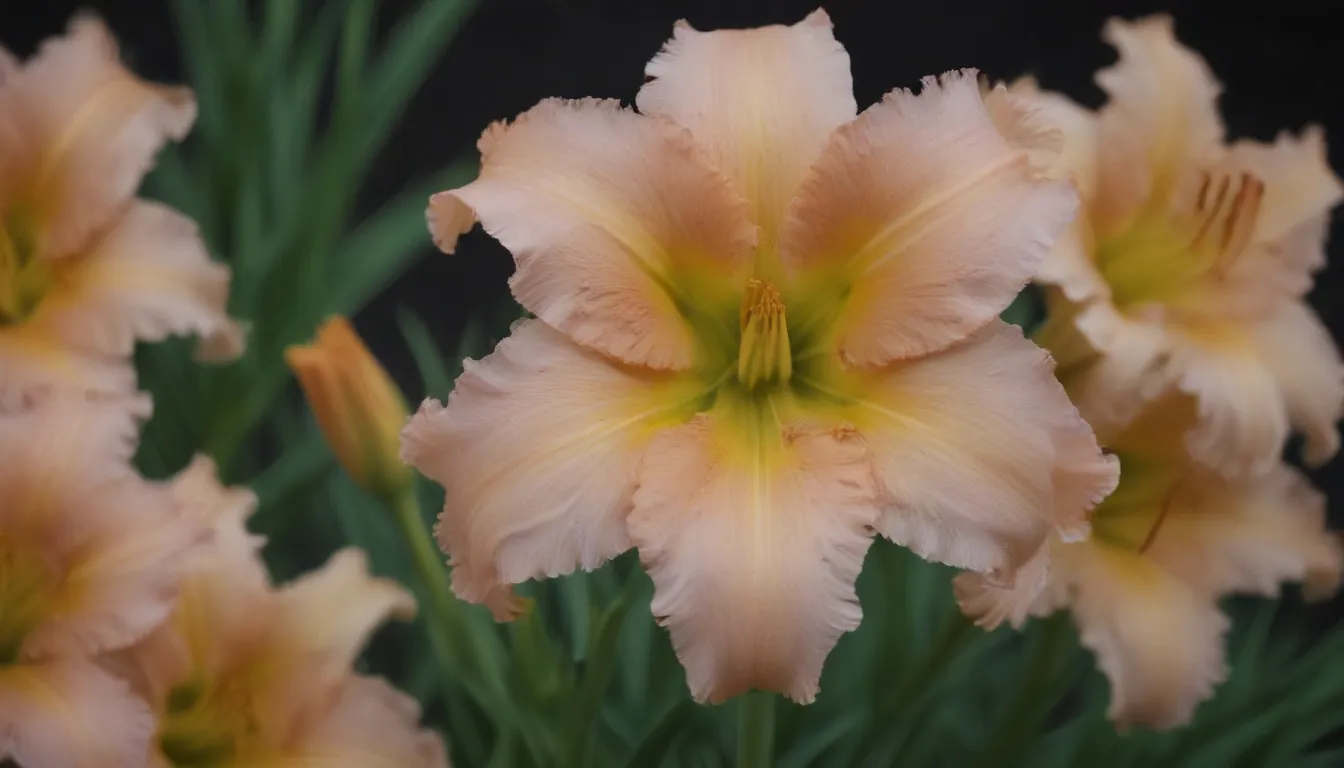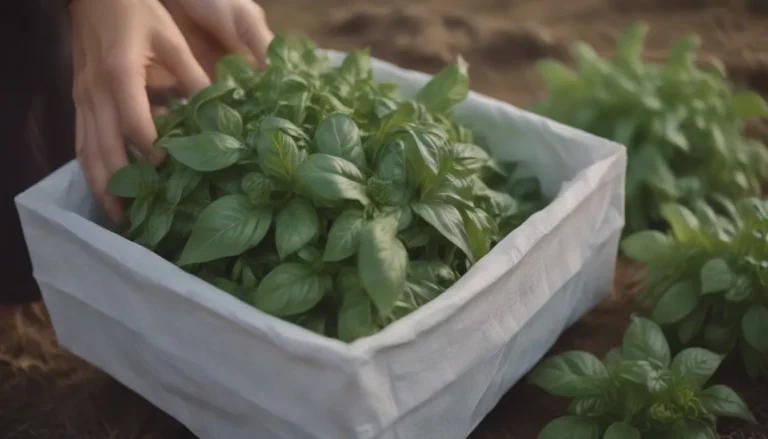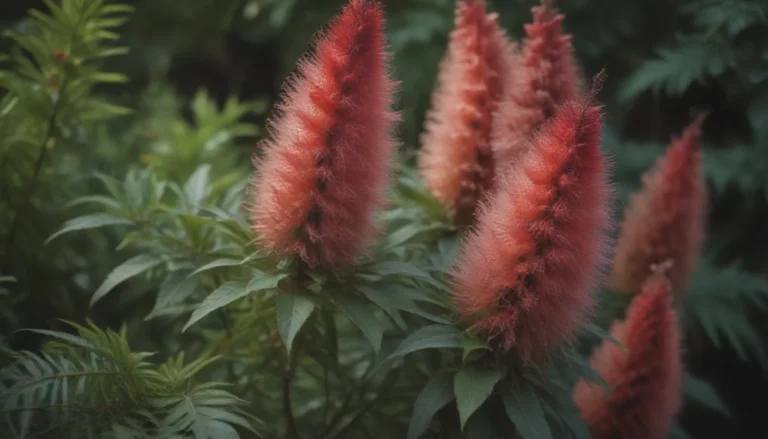The Complete Guide to Growing and Caring for Daylilies

Are you looking to add a burst of color and beauty to your garden? Look no further than daylilies! These easy-to-grow perennial flowers are a favorite among gardeners for many reasons. From their vibrant blooms to their low maintenance requirements, daylilies are a great addition to any garden.
In this comprehensive guide, we will explore everything you need to know to successfully grow and care for daylilies. Whether you’re a beginner or a seasoned gardener, this article will provide valuable information to help you make the most out of these beautiful plants.
Why Choose Daylilies for Your Garden
Daylilies, also known as Hemerocallis spp., are a popular choice for gardeners of all levels. Here are a few reasons why you should consider adding them to your garden:
- Easy to grow and maintain: Daylilies are hardy perennials that can thrive in a variety of conditions.
- Beautiful blooms: From cool shades of purple and pink to warm tones of red and orange, daylilies come in a variety of colors to complement any garden palette.
- Long blooming season: Daylilies bloom reliably from spring to late summer, providing your garden with continuous color.
- Attract wildlife: Daylilies are attractive to butterflies and hummingbirds, adding a touch of nature to your garden.
Whether you’re a novice gardener or a seasoned pro, daylilies are a versatile and beautiful addition to any garden.
Planting and Caring for Daylilies
Planting Daylilies
When planting daylilies, follow these steps to ensure they thrive in your garden:
- Spacing: Daylily clumps can grow anywhere from six inches to five feet tall and two to four feet wide. Space bare roots about three feet apart for optimal growth.
- Timing: Plant daylilies in early spring or early fall, one month before a hard frost. In northern gardens, spring planting may be best to allow for good root development before winter.
- Soil: Daylilies prefer fertile, loamy soil that is moist and well-draining. Add compost to improve soil quality and retain moisture.
- Sunlight: Daylilies thrive in full sun, but may benefit from some afternoon shade in hot climates to prevent wilting.
- Watering: Water newly planted daylilies regularly in the first growing season. In subsequent years, water only during dry periods to prevent overwatering.
- Fertilization: Most daylilies do not require fertilizer. Instead, add compost each season to provide nutrients and amend the soil.
By following these planting and care tips, you can ensure that your daylilies will flourish in your garden.
Types of Daylilies
There are thousands of named cultivars of daylilies, but some popular varieties include:
- ‘Stella D’Oro’
- ‘Purple D’Oro’
- ‘Crimson Pirate’
- ‘Autumn Red’
- Citron Lily (H. citrina)
- Lemon Lily (H. lilioasphodelus, H. flava)
With so many options to choose from, you’re sure to find a daylily variety that suits your garden’s aesthetic.
Pruning and Propagating Daylilies
To keep your daylilies looking their best, follow these tips for pruning and propagating:
- Pruning: Remove seed capsules and yellowing leaves to encourage new growth and prevent seed production from diverting the plant’s energy.
- Division: Divide daylilies every three to four years to promote prolific blooming. To divide, dig up the plant, separate into smaller clumps, and replant immediately.
By practicing proper pruning and division techniques, you can ensure that your daylilies remain healthy and vibrant.
Growing Daylilies from Seed
While most daylilies grown in gardens are hybrids, you can experiment with growing daylilies from seed by following these steps:
- Harvesting: Wait for seed pods to dry on the stem, then remove and store the seeds until you are ready to plant.
- Stratification: Subject the seeds to moist cold stratification for about 30 days before planting in a deep container.
- Cross-Pollination: Experiment with cross-pollinating daylilies to create new varieties and add diversity to your garden.
Growing daylilies from seed can be a fun and rewarding way to create unique varieties in your garden.
Overwintering and Common Issues
Daylilies are low maintenance plants that generally take care of themselves in the winter. However, be on the lookout for common pests and diseases such as aphids, spider mites, and leaf scorch.
To prevent these issues, practice regular maintenance and monitor your plants for any signs of trouble. By staying proactive, you can keep your daylilies healthy and thriving year after year.
In Conclusion
Daylilies are a versatile and beautiful addition to any garden. With their vibrant blooms, low maintenance requirements, and wide variety of colors, daylilies are a popular choice for gardeners of all levels.
By following the tips and guidelines outlined in this comprehensive guide, you can successfully grow and care for daylilies in your own garden. Whether you’re a beginner looking to add color to your yard or a seasoned gardener wanting to experiment with new varieties, daylilies are sure to impress.
So why wait? Start planting your daylilies today and enjoy the beauty and elegance they bring to your outdoor space. Happy gardening!





